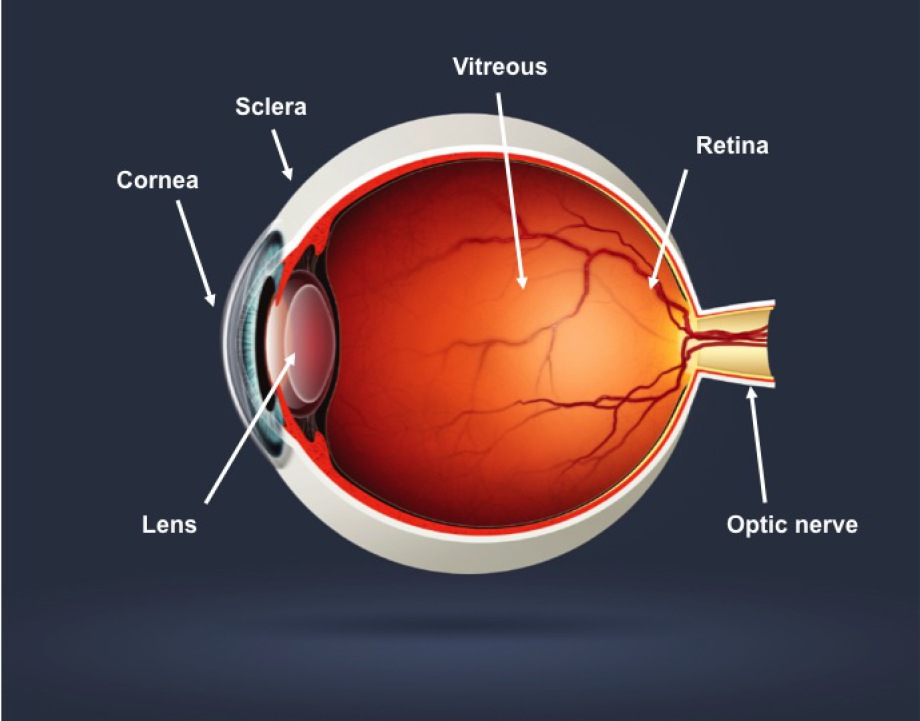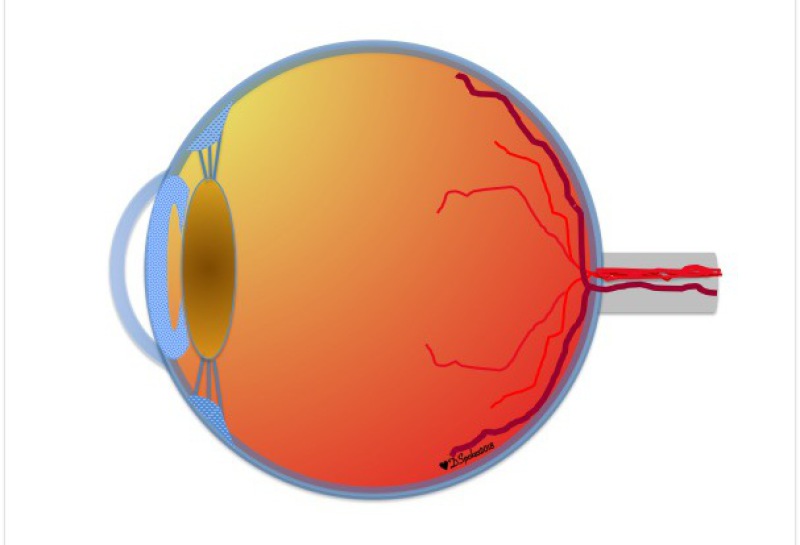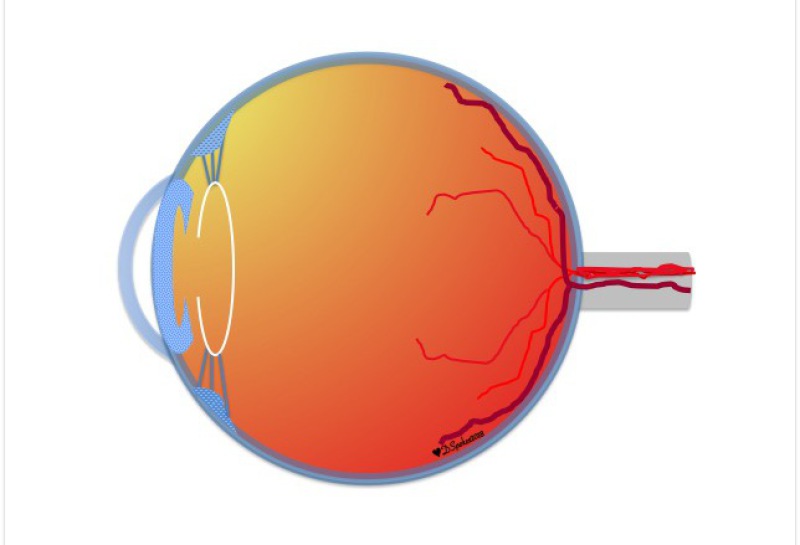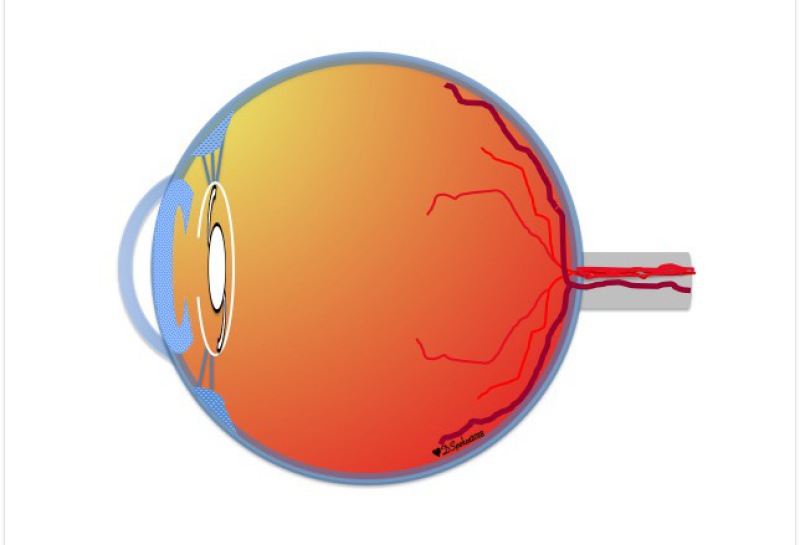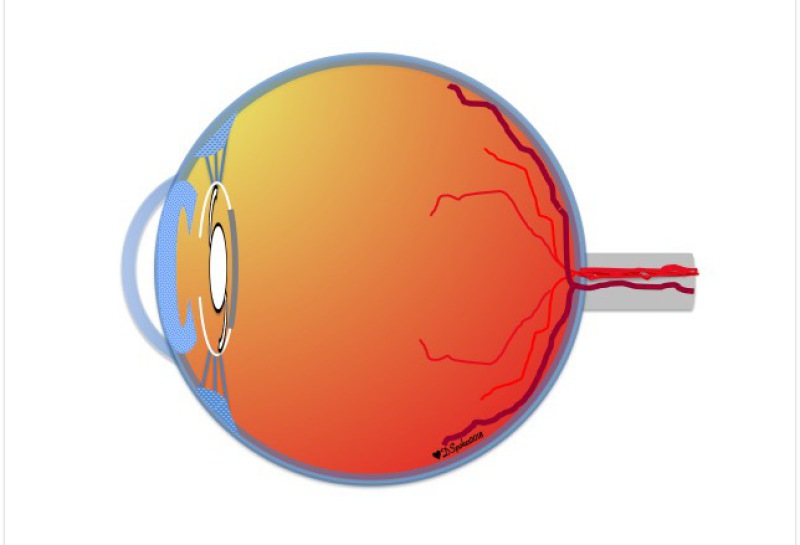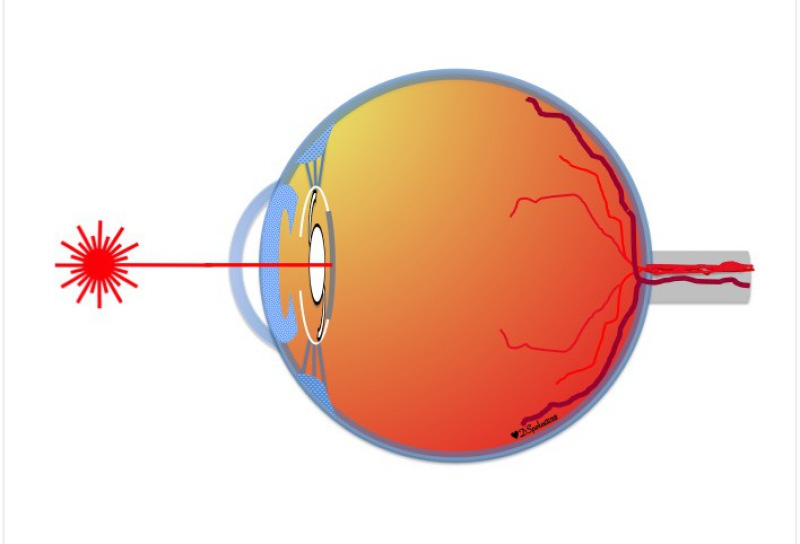More information
Posterior capsule opacification
Sometimes after cataract surgery the capsule which supports the lens implant can become thickened or cloudy. This can cause blurring or misty vision and usually takes several years to develop.
If this is sufficient to interfere with clear vision it can be treated with a simple laser procedure (capsulotomy).
Laser capsulotomy
Laser treatment for capsule opacification creates a small opening in the capsule behind the lens implant so that clear vision is restored.
This is a very safe procedure with rapid improvement in sight.
There may be some floaters for a short time after the laser treatment but this soon clears.

